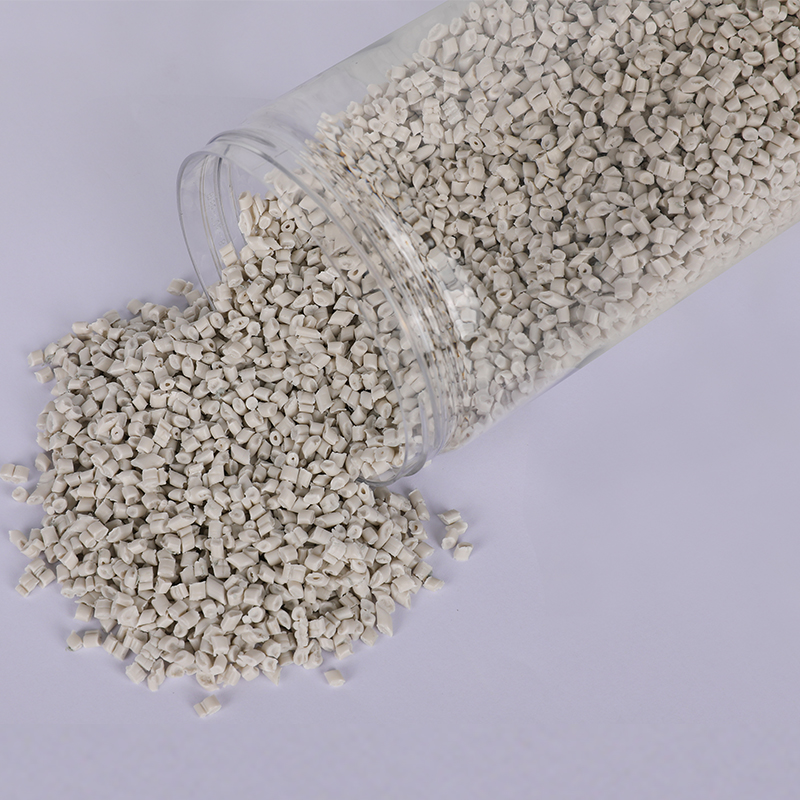Stay up to date with our recent products
Web Menu
Product Search
Exit Menu
How does the quality of recycled polypropylene compare to virgin polypropylene?
In the realm of plastics, polypropylene stands as a stalwart, revered for its versatility, durability, and resistance to a myriad of environmental stressors. However, as sustainability takes center stage in the global discourse, the spotlight has shifted to its recycled counterpart: recycled polypropylene (RPP).
To unravel this inquiry, we embark on a journey through the intricate world of polypropylene, where properties and processes intertwine to shape the very essence of these materials.
At the heart of this comparison lies the physical properties – the bedrock upon which polypropylene's functionality rests. Virgin polypropylene, freshly minted from the manufacturing process, boasts a uniformity that lends itself to consistent performance. Its tensile strength, impact resistance, and color consistency are the gold standard against which all others are measured.
Recycled polypropylene, however, traverses a more varied path. While it inherits many of the desirable traits of virgin polypropylene, including durability, heat resistance, and chemical resilience, it can encounter deviations. These discrepancies arise from the recycling process itself, as well as the source of the recycled material. The quality of recycled polypropylene may exhibit slight variations in physical properties due to factors such as the presence of contaminants or the efficacy of the recycling process.
Contamination, the Achilles' heel of recycled plastics, poses a formidable challenge. As recycled polypropylene undergoes its transformation journey, remnants of its past life may linger – other plastic types, dyes, or residues from previous contents. Despite rigorous sorting and cleaning protocols, these contaminants can persist, influencing the quality and consistency of recycled polypropylene.

Yet, amidst the labyrinth of variables, recycled polypropylene emerges as a resilient contender. Advances in recycling technology and stringent quality control measures have propelled it closer to parity with its virgin counterpart. While not identical in quality, recycled polypropylene still finds its niche in numerous applications, from packaging to automotive components.
Moreover, the sustainability quotient tips the scales in favor of recycled polypropylene. By repurposing post-consumer or post-industrial polypropylene, RPP embodies the ethos of circularity, mitigating waste and conserving resources. Its environmental benefits resonate deeply in an era plagued by plastic pollution and resource depletion.
In the arena of application suitability, both recycled and virgin polypropylene vie for supremacy. For applications demanding exacting standards – think medical devices or food-grade packaging – virgin polypropylene may hold sway due to its pristine nature and assured quality. However, for a plethora of other applications, Recycled polypropylene stands tall, offering a sustainable solution without compromising performance.
In essence, the quality comparison between recycled polypropylene and virgin polypropylene transcends mere metrics; it embodies a narrative of sustainability, innovation, and resilience. As the world charts a course towards a greener future, the evolution of recycled polypropylene heralds a new era in materials science – one where sustainability and quality intertwine to shape a brighter tomorrow.
As China PCR Recycled Plastic Granules Factory, We always adhere to the experience and philosophy of "keeping up with the times, constantly innovating, developing efficiently, and cooperating for mutual benefit"

Address: No.11, Wangzhuang Section, Provincial Road 01, Daqiao New Area, Economic Development Zone, Haiyan County, Jiaxing City, Zhejiang Province, China
Phone: +86-15988381895
Fax: +86-0573-86868101
E-mail: [email protected]
SUNRISE GROUP(Overseas Exclusive Agent)
www.sunrisechemical.com
2024 ICIS Global Chemical Distributor Top 8
Export Sales Manager:Helen Zhang
Mob/Whatsapp: +86 19883063465
Email: [email protected]
Copyright © Jiaxing Anyiju Plastic Industry Co., Ltd. All Rights Reserved

 简体中文
简体中文 English
English







